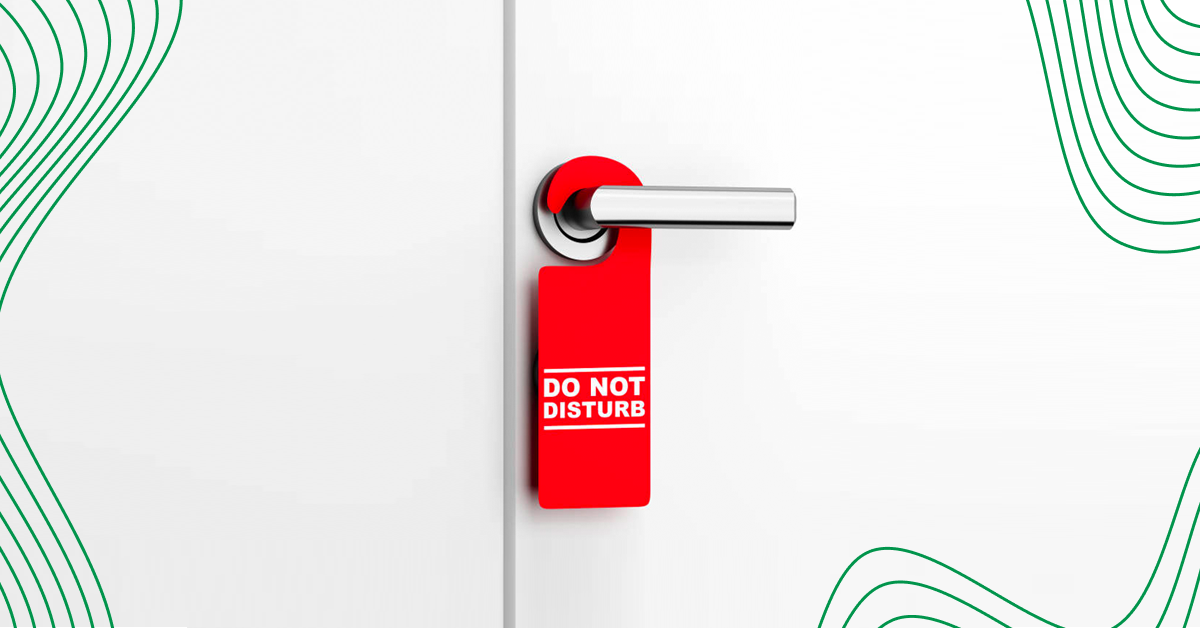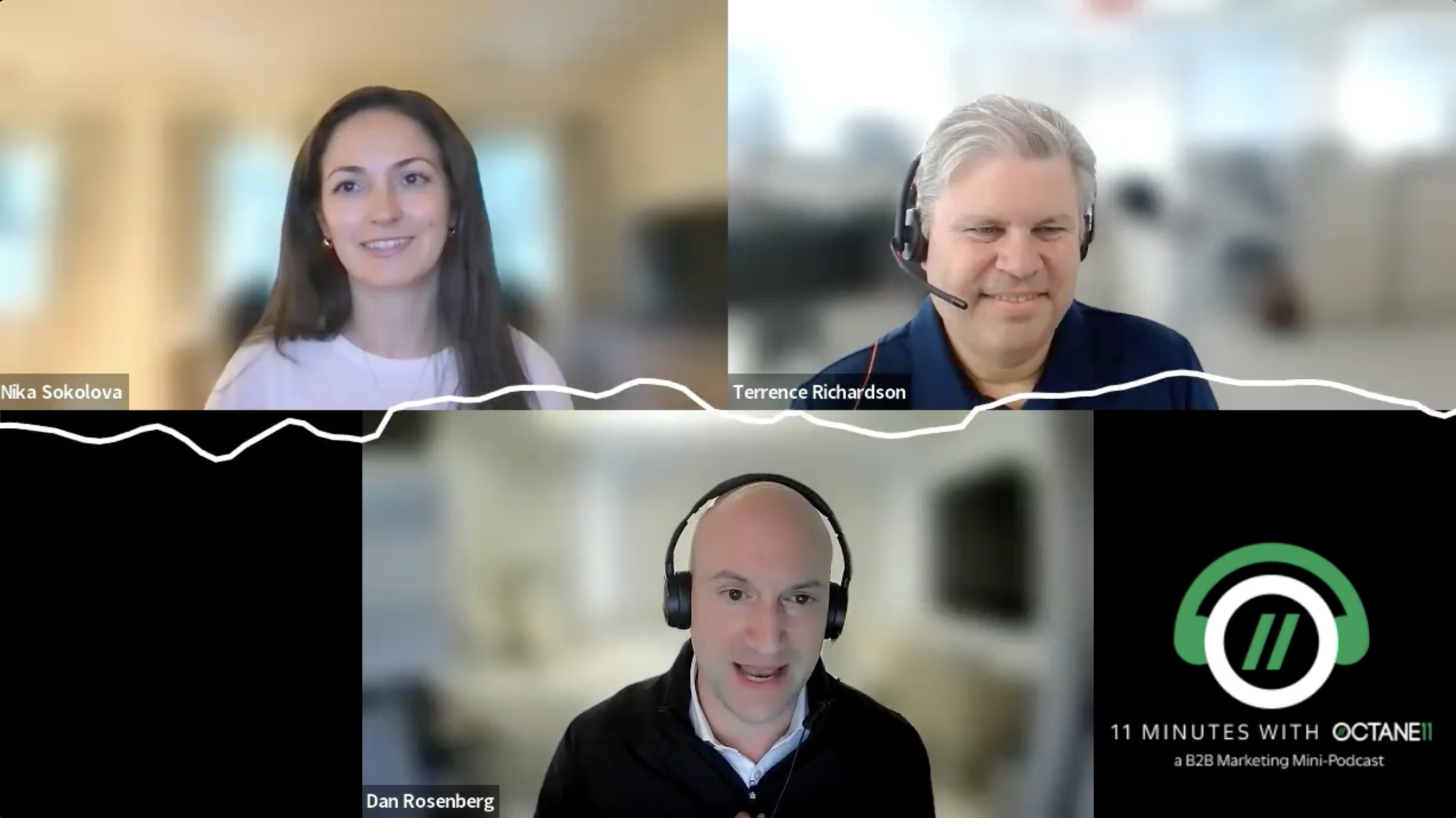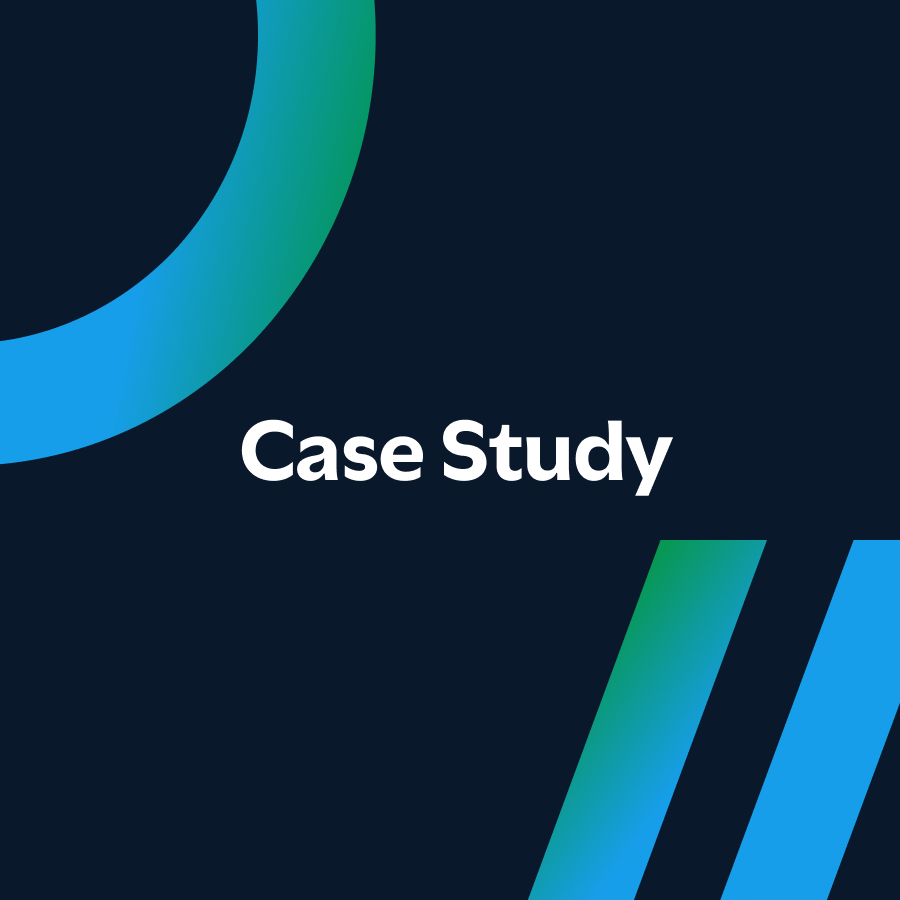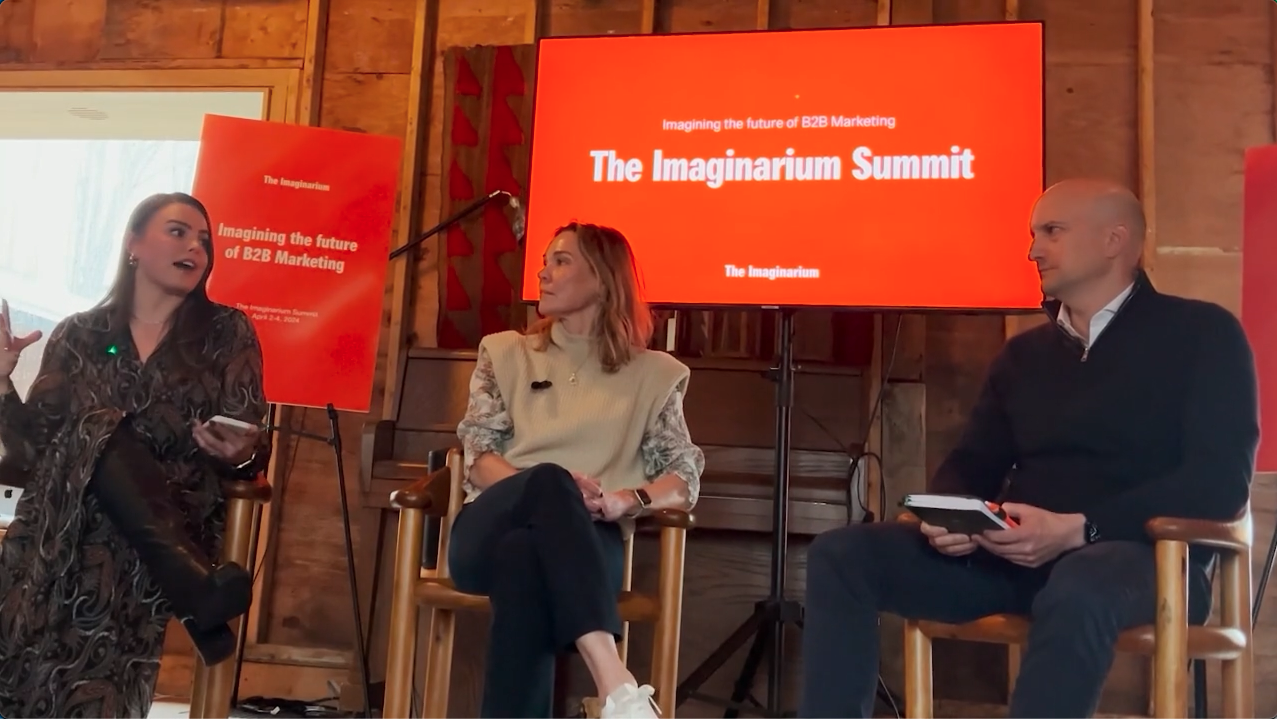The B2B buying journey is complex, time-consuming, and constantly evolving. The selection of technologies available to B2B marketers is overwhelming, to say the least – officially crossing the 10,000 mark, according to the latest count by chiefmartec.com – while the number of stakeholders influencing the purchase decision is growing and more diverse in terms of roles, backgrounds, and seniority. This inevitably introduces new buying habits and expectations, all of which accelerated during the pandemic and have persisted.
One of the most notable changes in the B2B buying process takes a page out of the B2C playbook – digital, self-service buying. This has shifted more control to the buyer to do research and information gathering on their own terms; with self-directed interactions outnumbering human interactions. In fact, according to McKinsey’s “Future of B2B sales: The big reframe”, B2B buyers spend “a third of their time engaging with self-serve content across all stages of the buying journey” and “more than 65% of companies now prefer remote and digital interactions.” On top of that, B2B decision makers are using more channels than ever to interact with suppliers – from 5 in 2016 to 10 in 2021, according to McKinsey’s “B2B sales: Omnichannel everywhere, every time”.
The incredible truth is that 50 to 90% of the buying journey is complete before a buyer even raises their hand to speak with a sales rep. So if you’re waiting for prospects to fill out a “contact us” form, you might be waiting a very, very long time.
Ok, so now what?
The interesting part is that all of those increased digital interactions have led to…more data. More data to aggregate, analyze, and action. Combining all of your marketing and sales data in order to tap into opportunities at the right moment, better understand your target customers’ interests and buying signals, and measure the impact of certain channels or tactics is no longer a nice-to-have…it’s a must have. But it’s not easy.
The good news is that platforms like Octane11 can help. Octane11 was designed specifically for the needs of B2B sales and marketing – to help you synthesize signals from all of your digital touchpoints to create actionable, impactful insights without a single line of code or fancy data team required.
Would you like to know how overall marketing engagement is tracking against last month? Are you curious to learn which of your creative assets perform the best – and on which channels for which personas? Do you want to understand exactly how much revenue Marketing has impacted? Have you been trying to figure out if there are opportunities to engage accounts outside of your defined ICP?
Octane11 not only makes this a reality, but makes answering these questions easy. With its powerful analytics capabilities and constantly-growing ecosystem of martech integrations, you can unify and transform all of your data, as well as leverage pre-built dashboards for fast and consistent analysis and insights. The heavy lifting is done for you.
No, B2B buyers don’t want to talk to you – but they still need your products and services, and Octane11 can help you engage them more effectively than ever before.
To learn more about how Octane11 can help your B2B go to market strategy, book a demo at www.octane11.com.





